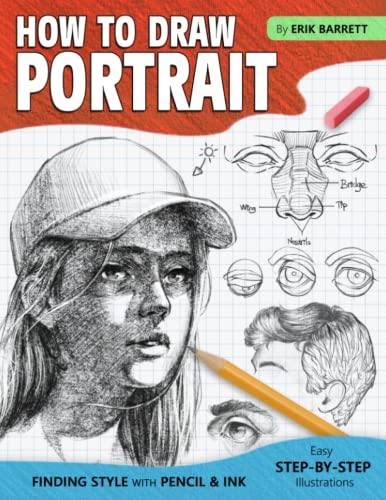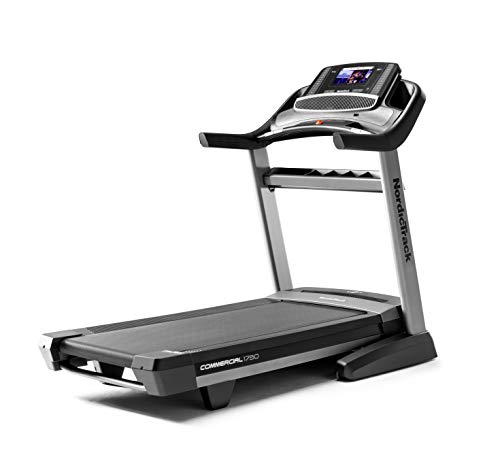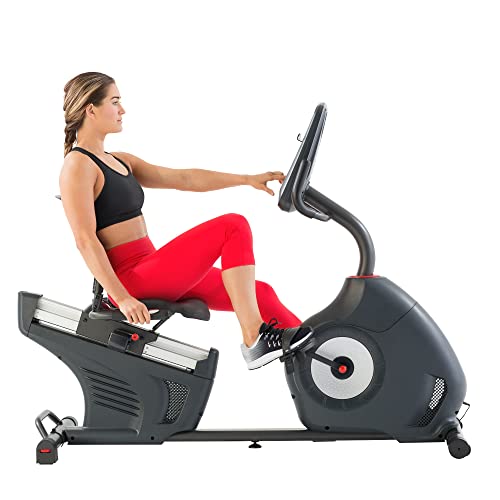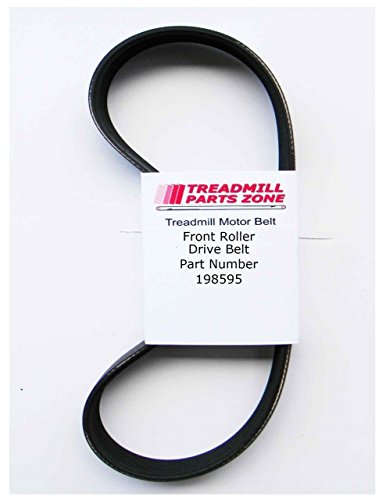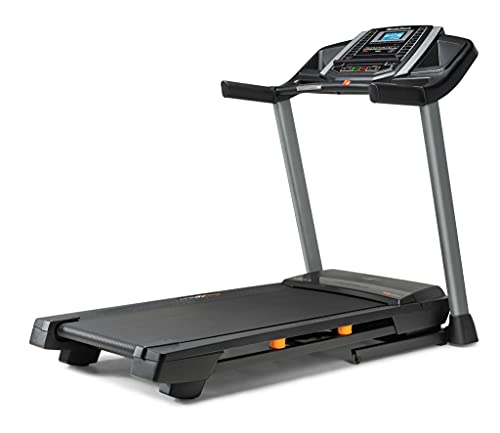Tips for Buying a Treadmill
Thinking of buying a treadmill? When shopping around, there are several important factors to consider:
-
Motor Power
Look for a motor with a continuous-duty rating of at least 2.0 horsepower. This is the minimum requirement for a satisfactory workout and durability. If you plan to run or weigh more than 180 pounds, opt for a treadmill with a motor of at least 2.5 horsepower. DC-driven motors are more efficient and cost-effective to repair compared to AC motors. Avoid manual treadmills.
-
Belt Size
Choose a treadmill with a two-ply belt that is at least 20 inches wide and 55 inches long. A smaller belt forces walkers to shorten their stride, especially those with longer legs.
-
Deck Thickness
The deck should be at least a quarter-inch thick. Opt for a treadmill with a low-impact deck that flexes under your foot, absorbing shock. This feature is essential if you have injuries or recurring foot, back, or shin problems.
-
Display Panel
Ensure that the display panel shows all necessary information at once, with large and easy-to-read numbers. Avoid scanning displays that rotate through different readouts, as they can be disorienting. The display should include speed, distance covered, incline, and time elapsed.
-
Controls
Opt for treadmills with push-button controls rather than dials or switches. Sliding switches can be imprecise and difficult to adjust. Make sure the control buttons are easily accessible and operable while running.
-
Frame Construction
Choose a treadmill with a welded frame for sturdiness and stability. Steel frames are common, but higher-end models may use aircraft aluminum for shock absorption, lightness, ease of movement, and resistance to rust.
-
Handrails
Although handrails may impede arm movement, they are necessary for safety. Ensure that the handrails are long enough for a comfortable reach without having to walk too close to the front of the treadmill. Note that some models may not have side handrails.
-
Incline and Speed
For beginners, a treadmill should have an incline of at least 10%. The maximum incline should match your fitness level, with advanced exercisers potentially needing a treadmill capable of 15% incline. Walkers should look for a speed capability of 5 mph, while runners require 8 to 11 mph. Start at a slow speed (0.1 to 0.5 mph) to avoid injury. If you have children, consider a treadmill with a safety key to prevent accidental activation.
-
Safety Features
When shopping for a treadmill, prioritize models with panic buttons or automatic shut-off mechanisms. These features will instantly cut off power in case of emergencies or when assistance is needed. Read the warranty carefully to understand any weight limitations that may void the contract. Look for a lifetime warranty on the frame against manufacturing defects and warranties of one to three years for parts and labor. Avoid 90-day warranties. Lastly, ensure the treadmill can be returned if it doesn’t meet your needs.
When buying a treadmill, gather information from various sources to make an informed decision that aligns with your budget and fitness requirements.

